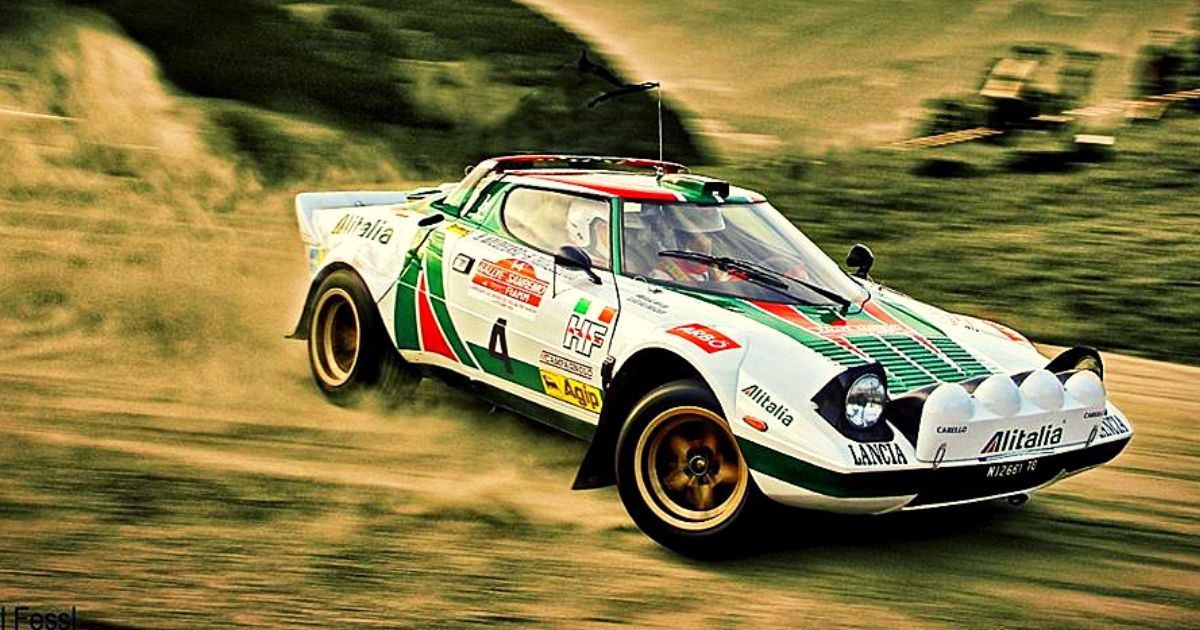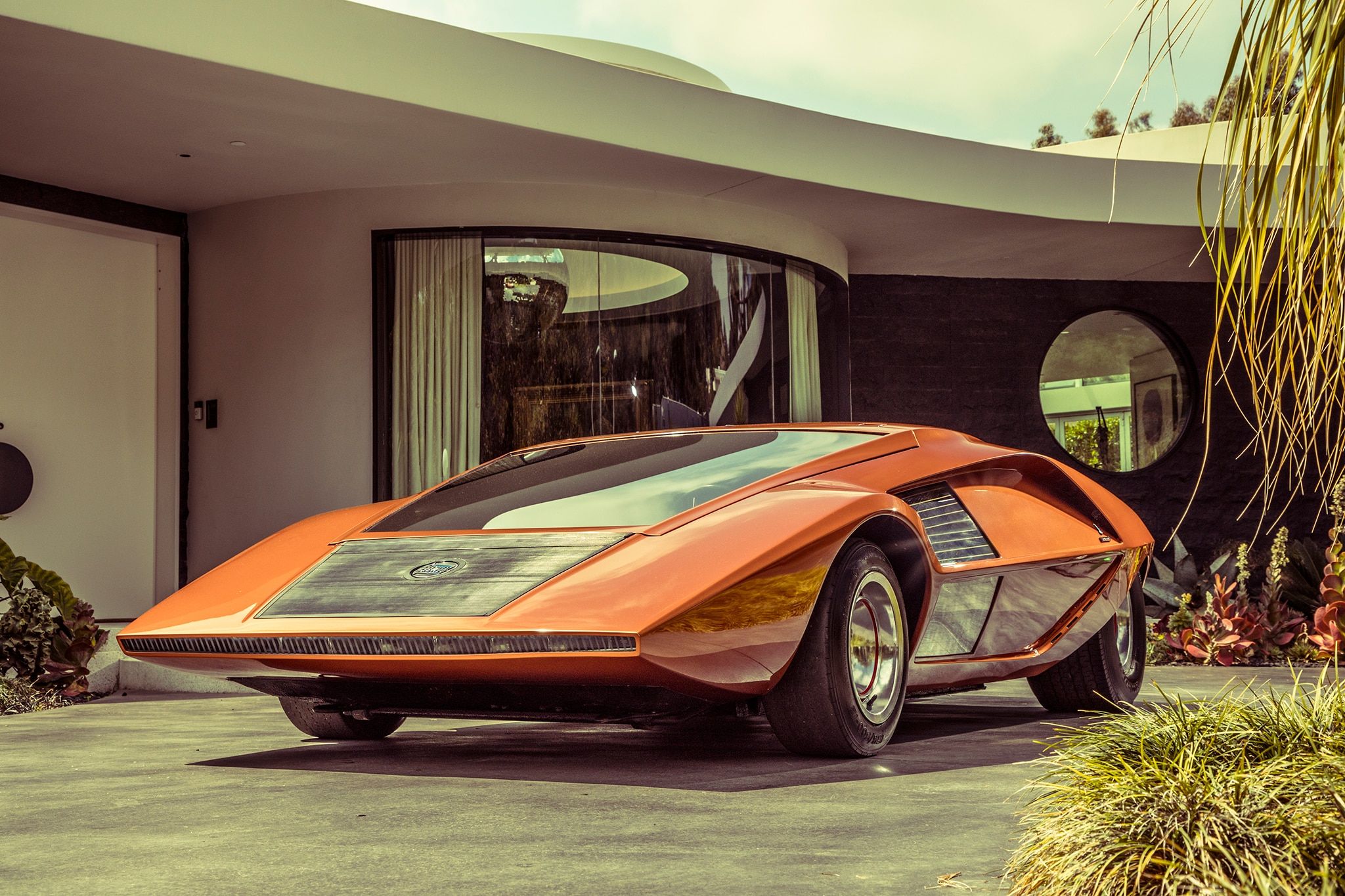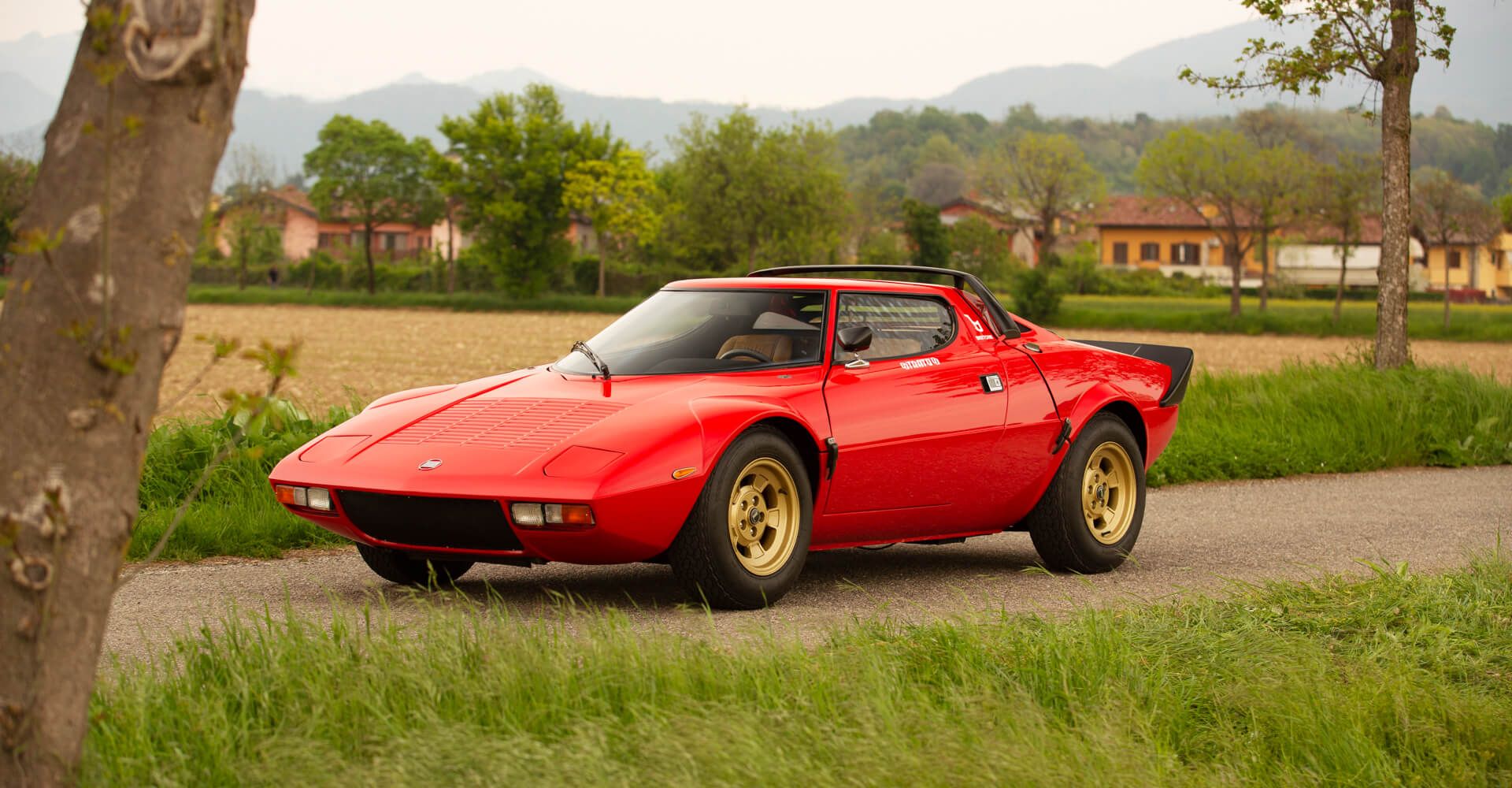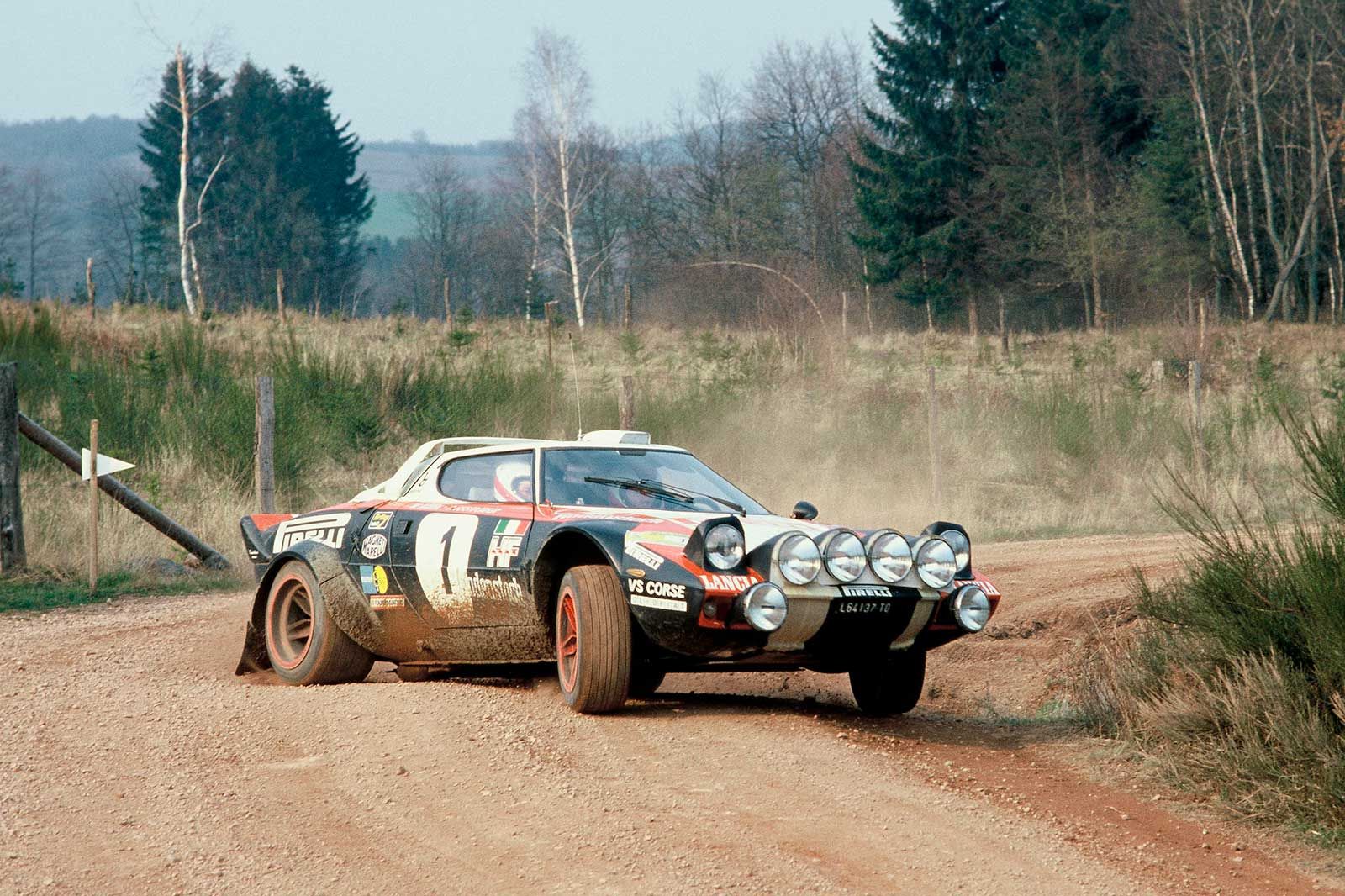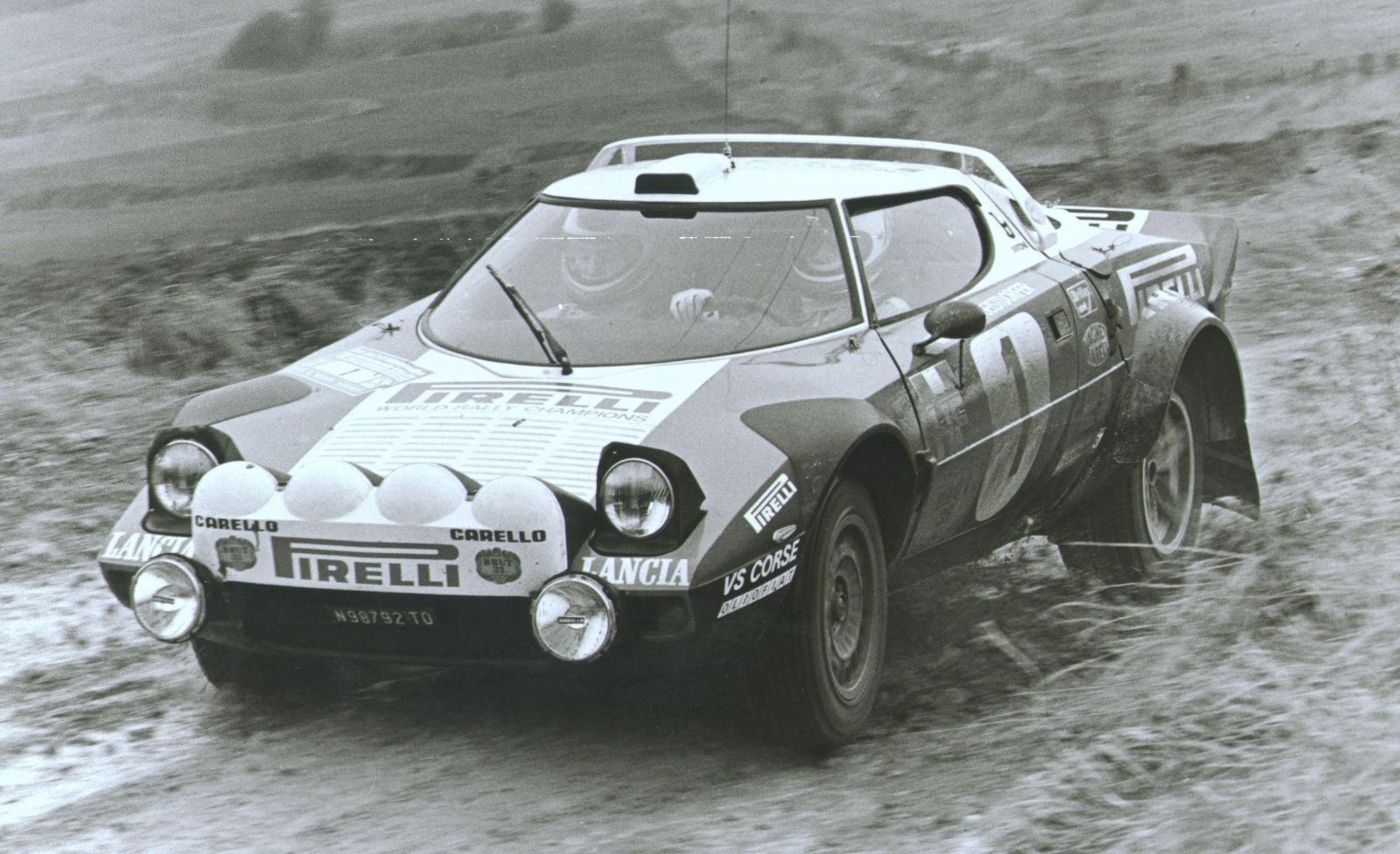They often say that "racing improves the rest of the breed", that a company finds its core competency when building and designing for success as its only goal. We truly believe in this, not only because racing is a fantastic past time, but also because it has given the people who aren't world-class drivers, a chance to have a wonderful driving experience.
And most of our favorite race cars came from the same roots as normal street cars like the Mercedes 190E, BMW E30, and Nissan GT-R. These brands took what they believed was their best platform and turned them into race cars, but if racing improves the breed, shouldn't there be a racecar to start with?
Well if your name is Lancia, then your answer would be yes. Because for them, racing was the breed.
Conception
If you saw a Lancia Stratos with no context whatsoever and tried to guess what it was, you would probably say something along the lines of "sports car" or "supercar" or "intergalactic time travel device" because this piece of Marcello Gandini art was eye candy at its most sweet in the early '70s.
To give you some perspective on just how bananas this Lancia Stratos "Zero" Concept car was, Gandini had designed the legendary Lamborghini Miura just a few years before in the mid '60s, which is one of the most gorgeous and curvaceous bodies ever bolted to frame, a truly sexy Italian - but the Stratos, unlike your mullet, was all business.
Sharp as a knife and soulless in the face was the Zero concept, something that has inspired the basic layout of most supercars for the past 45 years and makes it easy to see how they eventually got the real Stratos we all drool over.
At this point, Gandini and the engineers at Bertone presented their design to Lancia, and to no one's surprise, it quickly grabbed their attention. Lancia would work with the Zero concept car for a little over a year before unveiling the "Stratos HF", the supposed road-going version of their Stratos project.
But the car didn't go on sale for several more years... why? Because, if you haven't already guessed, this wasn't going to be a road car, it was a race car.
A legend
The Stratos HF (High Fidelity) was intended, from the very moment it entered the Lancia warehouses, to dominate the World Rally Championships. This rambunctious little Ferrari powered rally car was a prodigy among its peers, truly, the Mozart of WRC.
The most successful race cars tend to be based upon nothing but a yearning for victory, and the Stratos was one of the very first purpose-built race cars. Its competition consisted of road cars that manufacturers bolted beefy suspension and forged internals to and called good.
This is why the Stratos HF won the WRC Manufacturers Championship 3 years in a row ('74-'76), the Tour De France Automobile 5 times, and the Giro d'Italiana Automobilistico 3 times, and those are just a fraction of its 80 overall international rally wins during the mid to late '70s.
A Ferrari V6 out of the Dino powered the rear wheels of its 1958 lb chassis with around 300 horsepower in race spec. And if 300 horsepower sounds weak, lets think in terms of power to weight. The 300:1958 ratio is about 6.5 lbs per horsepower, compare that the current Porsche GT3 which barely squeezes out ahead at 6.3 lbs per horsepower, insane.
Once in full race spec, the Stratos had MacPherson strut suspension accompanied by a strengthening box linkage structure and 6.5 inches of ground clearance - the same as a current Audi Allroad.
The baby Lancia had a wheelbase of only 85 inches, 5 fewer than a current Mazda Miata, which made it quick on turn-in and fluid over Italy's insane rally stages, but calling it easy to drive would make you a better comedian than Jerry Seinfeld. The asphalt stability if the Stratos was the biggest joke of the century which is why its drivers, Björn Waldegård and Sandro Munari, have our utmost respect.
A Note
Search up "best Group 4 rally cars" and it will disregard that sentence and send you straight to some articles about the fabled Group B era of the '80s. And while we love the unruly and tragic departure story of Group B Rally, Group 4 racing in the '70s combined some of Earth's most marveled designers, drivers, and race cars in history. It gave inspiration for cars like the Lancia Delta Integrale, Lancia 037, and Fiat 131 Abarth which would, in turn, popularize rally as a whole and pave the way for things like Group B and Group A.

